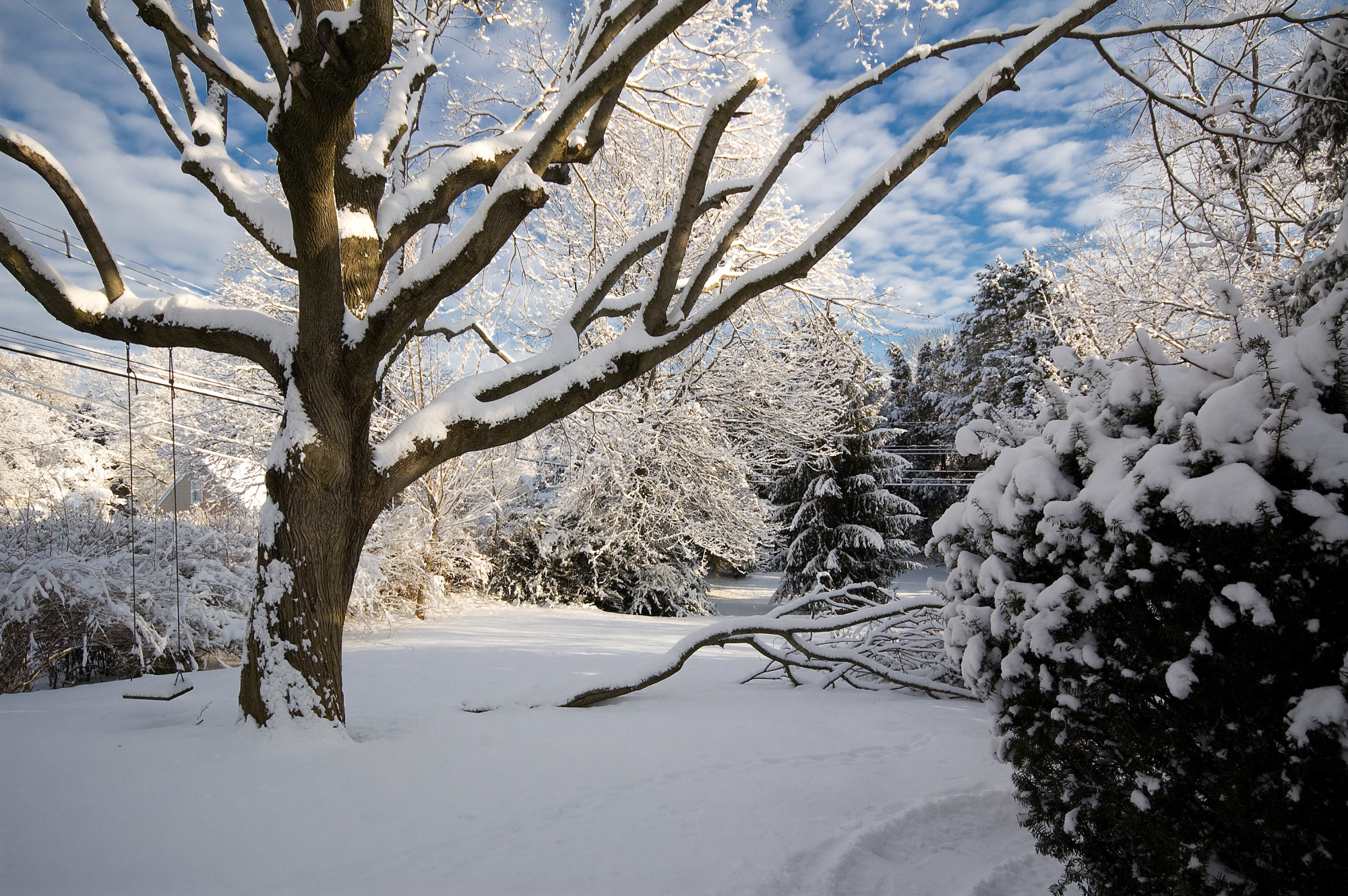Tree Protection For Winter
Here in the Pacific Northwest, we experience some heavy winters with freezing temperatures, snow, and ice storms. The cold months can bring challenges to trees as they try to brave the elements. We are lucky enough to experience the beauty of four seasons and the different weather and conditions that come with each. However, our trees are also experiencing this, so it’s important to know the different care and protection that they may require in each season.
Root protection
Winter weather can be hard on tree roots. When temperatures get too low, roots are vulnerable and can suffer damage or die, especially shallow roots. Going into winter, you should make sure you are watering your trees often. Doing this can help reduce damage because when soil is still moist from the water it was given in the fall, it holds heat better than when it’s dry.
Since Western Washington temperatures in the winter can vary from day to day and week to week, we can see a cycle of soil thawing, then freezing over and over again throughout the winter months. This cycle can be very bad for tree roots as it causes root movement in the changing soil, which can eventually lead to frost heave. Frost heave can make cracks in the soil that damages tree roots by exposing them to the cold air. In some cases, the entire plant can be lifted out of the soil where it may dry up and die from the cold exposure. The best way to help keep your tree roots protected from this in the cold winter months is by layering mulch, such as wood chips, over the soil surrounding the tree. Mulch is a great way to keep your soil and roots insulated and at a steady temperature throughout the winter to help prevent frost heave.
Watch for de-icing damage
If you have trees near your walkway or driveway, use caution when de-icing these areas. When placed too close to trees, de-ice can seep into the soil or get on the plant. When this happens, the soil can become very dry and roots can die. When possible, it’s a good idea to find an alternative to salt de-ices in order to protect your trees. Sand is a great alternative that will not damage the surrounding soil and trees.
Beware of ice storm damage
Ice storms can create a buildup of heavy ice and snow on branches which can cause damage and breakage. It’s important that you have these hanging or damaged branches removed for your safety and the long-term health of your tree. Having professional arborists regularly prune your trees going into winter may help you prevent severe damage from heavy snow and ice building up on your tree, as strategic pruning can create the optimal structure for your tree to withstand the weight.
Learn more about treating ice-damaged trees in another blog.
If you would like to learn about how your trees can be better equipped to withstand the cold winter, or you think that your tree has suffered damage from the winter conditions, schedule a no-cost consultation online or with one of our field representatives to have one of our local, professional arborists consult with you on the best way to proceed.
